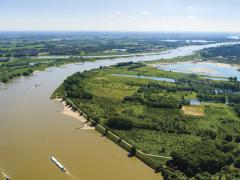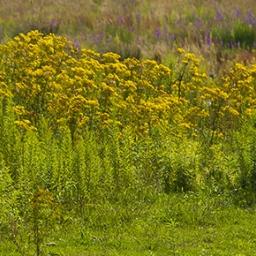Impacts of European livestock production: nitrogen, sulphur, phosphorus and greenhouse gas emissions, land-use, water eutrophication and biodiversity
Livestock production systems currently occupy around 28% of the land surface of the European Union (equivalent to 65% of the agricultural land). In conjunction with other human activities, livestock production systems affect water, air and soil quality, global climate and biodiversity, altering the biogeochemical cycles of nitrogen, phosphorus and carbon.
Quantification of the contribution of European livestock
Here, we quantify the contribution of European livestock production to these major impacts. For each environmental effect, the contribution of livestock is expressed as shares of the emitted compounds and land used, as compared to the whole agricultural sector. The results show that the livestock sector contributes significantly to agricultural environmental impacts. This contribution is 78% for terrestrial biodiversity loss, 80% for soil acidification and air pollution (ammonia and nitrogen oxides emissions), 81% for global warming, and 73% for water pollution (both N and P).
The agriculture sector itself is one of the major contributors to these environmental impacts, ranging between 12% for global warming and 59% for N water quality impact. Significant progress in mitigating these environmental impacts in Europe will only be possible through a combination of technological measures reducing livestock emissions, improved food choices and reduced food waste of European citizens.
Authors
Specifications
- Publication title
- Impacts of European livestock production: nitrogen, sulphur, phosphorus and greenhouse gas emissions, land-use, water eutrophication and biodiversity
- Publication date
- 4 November 2015
- Publication type
- Publication
- Magazine
- Environ. Res. Lett. 10 (2015) 115004
- Product number
- 2270




